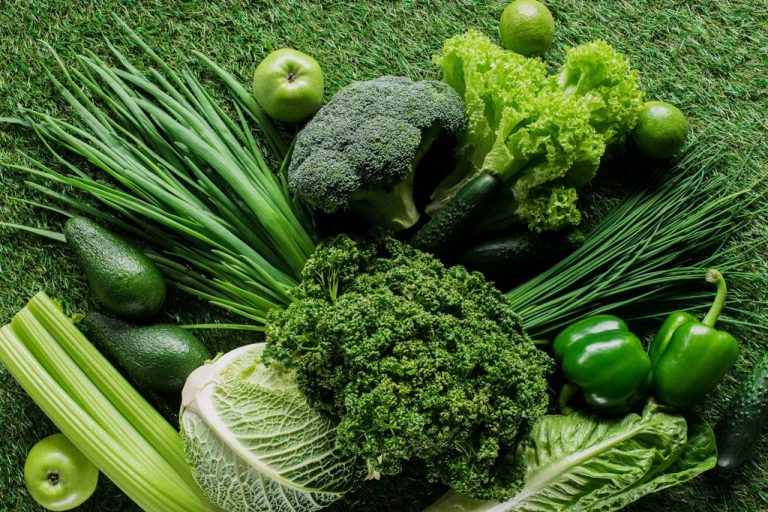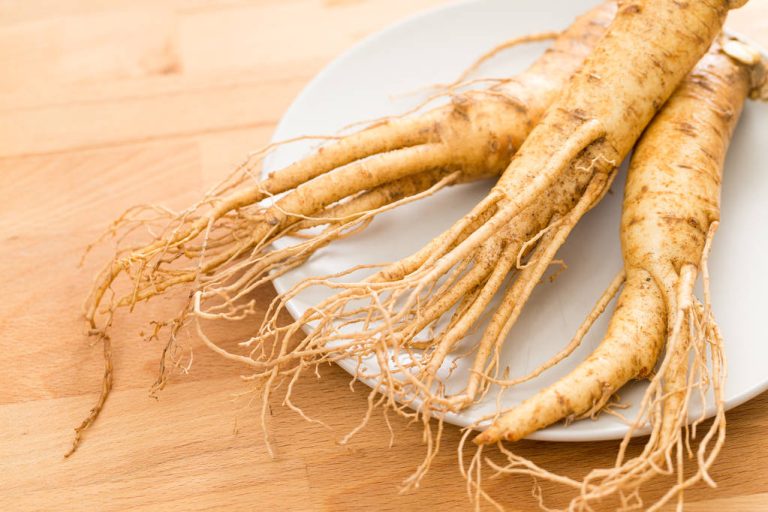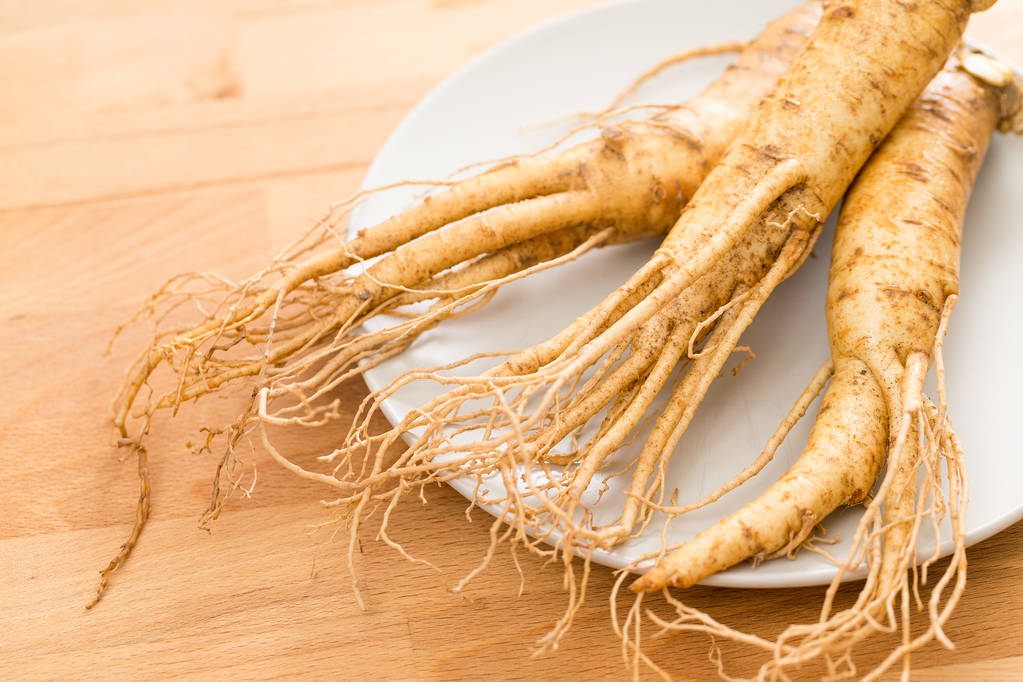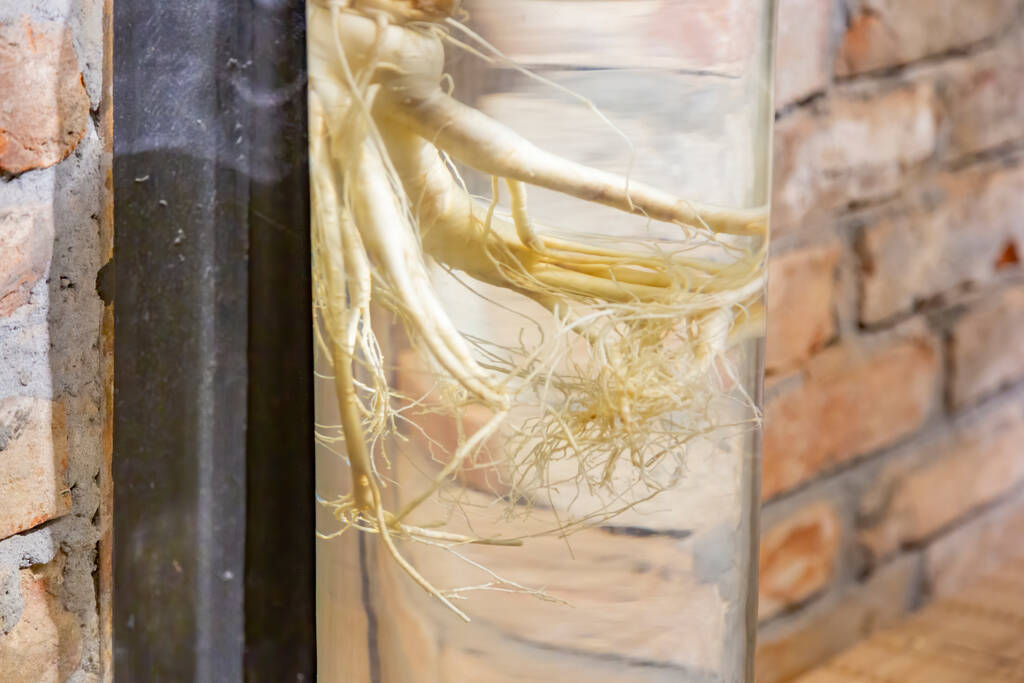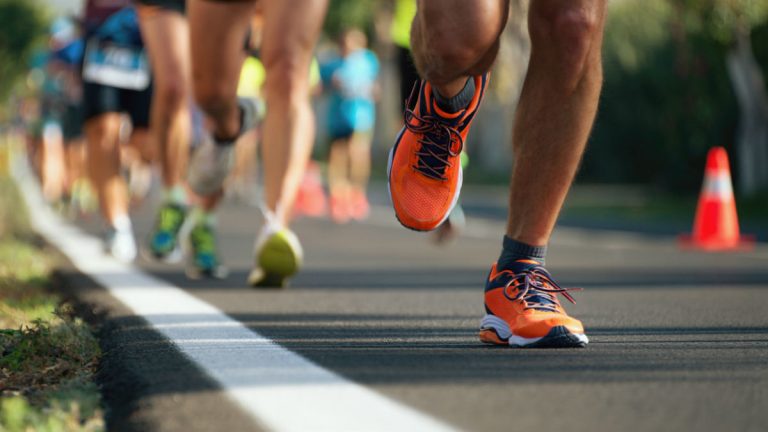This is how you get a little closer to the dream
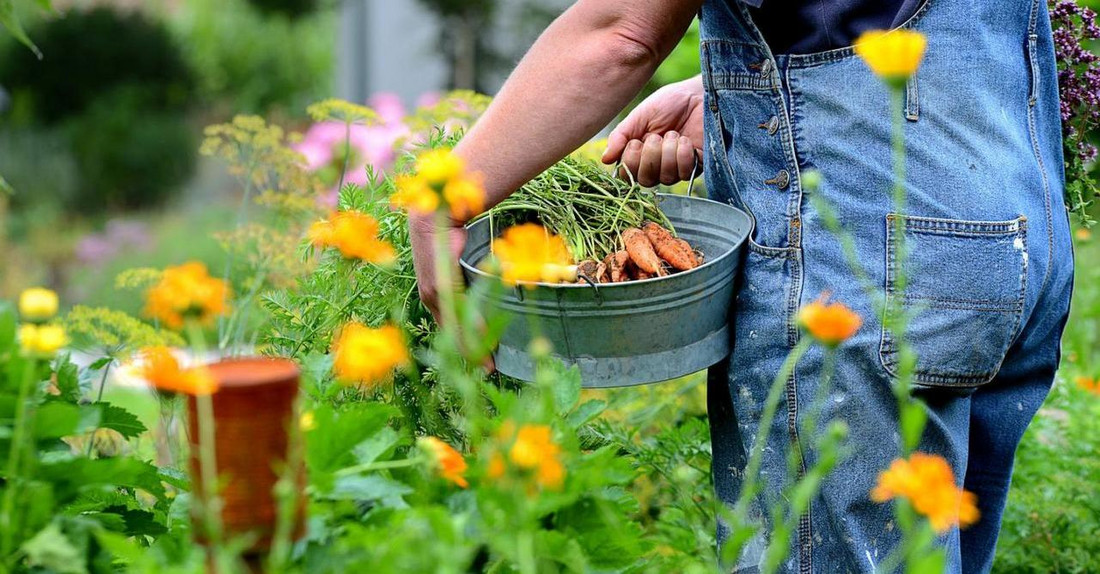
Especially in times of viruses and lockdowns that are rampant around the world, when you step outside the door with a feeling of unease, one or the other may think that a self-sufficient life would be something nice. Not depending on the supermarket being open to buy fresh fruit and vegetables, being self-sufficient in water and maybe even generating your own electricity – that would be great. But you cannot live in complete self-sufficiency in Germany. But what works and is actually not that complicated: Take some measures that enable you to live as self-sufficiently as possible and thus give you the feeling of living almost independently.
Self-sufficient living
According to a recent survey, more than half of all Germans aged 14 and over find it important to be independent or to be able to largely determine their own lives. 40.61 million Germans would also like to support themselves and be as independent as possible from the state. It is therefore fair to say that there is a great desire for a self-sufficient lifestyle in Germany.
But “being self-sufficient” – what exactly does that actually mean? The Duden defines “autonomous” as “self-sufficient, not dependent on anyone”. The Federal Agency for Civic Education understands self-sufficiency as the complete or partial self-sufficiency of a household with goods and services. This is exactly what is usually spoken of in everyday language when one speaks of self-sufficient life. But some also understand it as complete independence from any state leadership or any regulations and regulations – which politically tends towards anarchy.
It is not possible to live completely independently in the sense just described in Germany. For example, every citizen must have health insurance. Nevertheless, a number of areas of life can be designed in such a way that one can feel as self-sufficient as possible. This self-sufficiency begins with the cultivation of your own vegetables, fruit and herbs – because the self-sufficient garden is usually the center of a self-sufficient life. But self-sufficiency does not stop here. It goes beyond the preservation of food and one’s own water supply and electricity generation and electricity storage, to a fundamentally changed consumer attitude. That may sound quite complicated. But the work you invest in order to be able to live self-sufficiently pays off with a number of advantages.
The benefits of self-sufficient living
A self-sufficient life is almost always a freer life. Because if, for example, you produce some of your food yourself in your own garden and generate your own electricity, you are no longer so dependent on the economic cycle. The feeling that this creates can be enormously liberating.
The measures described above usually also lead to you saving money. Constantly buying fresh food from the supermarket is more expensive in the long run than simply going to the beds in your own garden. Especially when it comes to your own electricity production, you may have to invest a little more money at the beginning, but self-sufficiency almost always pays off in the long term in all respects.
An additional effect that usually occurs when switching to a self-sufficient life is the increase in voluntary renunciation. The more self-sufficient you want to live, the less you will want to buy, consume and consume over time. This saves money, stress, time and fear for material things. Because at some point you may only have what you really need and use.
Part of a self-sufficient life is usually a healthier lifestyle and, above all, a healthy diet. Because if you want to grow and produce some of the food you eat in your garden yourself, you will automatically eat a lot of fresh fruit and especially vegetables as well as good carbohydrates, for example in the form of potatoes.
Self-sufficiency as part of self-sufficiency also gets you outdoors a lot. Be it growing vegetables in the garden or collecting herbs and berries in forests and meadows – nature and self-sufficient life simply belong together.
If you want to live self-sufficiently, you can’t just sit around and wait for everything around you to come into being. You have to get active. And that is exactly another advantage of self-sufficient life: It does not force you to take any specific actions and there is no fixed appointment calendar. Nevertheless, you will move and tackle a lot in order to realize ideas and decisions. Just the cultivation of fruit and vegetables and the care of your self-sufficient garden will challenge you again and again and present you with new tasks. This keeps you mentally and, above all, physically fit.
Ultimately, with a self-sufficient life, you are also automatically doing the environment a favor. If you get more from the garden, you drive to the supermarket less often and thus consume no CO2 (cycling is of course an exception). If you no longer buy vegetables, but grow them yourself in your garden, there is no plastic packaging waste. And if you repair things more frequently than buying everything new straight away, fewer new things have to be produced and old ones thrown away. All of this benefits nature.
7 steps to an everyday life that is as self-sufficient as possible
Live independently
Many people who already live self-sufficiently have initially left their usual living environment. You have just “slimmed down” when it comes to living and have turned to minimalism. Whether it’s a tiny house, a converted van, a caravan or a small wooden house on a farm – all of these and many other forms of living make self-sufficient life easier. Especially if the small home is adjoined by enough green space that can be used for cultivation.
Smaller cottages and living spaces use fewer resources and, above all, less electricity. If you live self-sufficient in a rather small space, you can sometimes free yourself from electricity providers and produce your own electricity. Photovoltaic systems and the associated photovoltaic storage systems that are affordable for almost everyone today make it possible not only to generate electricity from the sun, but also to store it permanently. Photovoltaic storage systems are therefore the ultimate way to an independent supply of electricity. It is only important that you pay attention to various criteria when making your selection, since the electricity requirements and desire for self-sufficiency of each household are different.
Produce and preserve food
As already mentioned several times, self-sufficient life also includes growing food in your own garden and preserving it. The second point in particular is important, because you will not have enough fresh food available at all times of the year.
You can pickle, boil, dry or ferment vegetables and many types of fruit. It’s all less work than you think and you’ll be rewarded with jars full of delicious food that’s always available, even during the winter months. A great side effect: the preserved food is “refined” at the same time through the various processes and gets very individual flavors.
If you have the space in your garden and would like to have animal products, you can sometimes even have some animals of your own. A small chicken coop, a couple of geese and maybe even one or two of your own sheep, for example, don’t take up huge areas. Eggs, sheep’s cheese and now and then a slaughtered chicken or even a goose expand your self-sufficient menu.
Incidentally, chickens can also be kept in the middle of residential areas, as they are considered small animals. However, only four hens and one rooster are allowed. It is also important that you report the animals individually to the responsible veterinary office and inform the animal disease fund that they are being kept.
Use the garden products cleverly
Especially if you want to live self-sufficiently, you should know how you can use various products from your own garden in a clever and versatile way. Of course, you can always process and consume fresh fruit and vegetables directly. But you will also pick up overripe fruit again and again, for example. It shouldn’t go in the trash straight away
Because the particularly soft consistency and the often more intense aroma of overripe fruits are sometimes particularly suitable for processing. You can make the following things with overripe fruit:
dried fruit
fruit leather
smoothie
jams
Red fruit jelly
fruit vinegar
fruit puree
sherbet
Aromatic Waters
fruit crumble
Herbs from your garden are also not only suitable for refining meals. You can often use them to make your own ointments and creams or oils and teas, which are made entirely of natural materials. For example, do you have a lot of plantain in your garden? It can be processed into an ointment against insect bites and inflammation. Yarrow, on the other hand, can be dried and used as a tea against menstrual cramps, skin problems and cramps. Many herbs have healing properties and allow you to become a little more self-sufficient as part of your garden, perhaps medically as well.
Composting
Composting is also part of self-sufficiency. Because if you don’t want to have your rubbish picked up, you have to make sure that food leftovers and biological waste somehow disappear. A compost in a corner of your garden is not just an easy way to get rid of litter naturally. It even turns it into fresh and nutrient-rich soil, which you can use again for your vegetable or herb beds.
Create your own water supply and get rid of the sewage
A little more complicated than producing your own food is your own and self-sufficient water supply, which means you no longer have to use tap water or bottled water from the supermarket. You don’t just need water to drink, your plants and beds also need water, so that your garden always blooms and stays healthy.
Basically, rainwater that you collect in barrels is a good idea to supply your plants. If you need more water and you don’t want to be dependent on the rain, you can think about drilling your own well in the garden. In Germany, however, the drilling of wells must be reported to the authorities and approved by them.
Incidentally, if you want to drink well or rain water yourself instead of just using it for washing and showering, you should definitely treat it beforehand. Corresponding treatment systems can be quite expensive depending on their size, but these are usually affordable and pay for themselves after just a few years or even months.
Look for second-hand instead of new goods
If you take care of yourself for the most part and are hardly dependent on others, it is of course all the more annoying if you still have to buy different things again and again. The packaging waste and the feeling of supporting industrial cycles with a new purchase, which you might actually want to counteract, soften the feeling of self-sufficiency. Therefore, the following applies: Always try to look around on various portals and various stock exchanges first to see if you can find something that you need in used condition.
Not only are second-hand goods often just as “good” and functional as new goods, they are usually also significantly cheaper. So you save money with second-hand goods, protect the environment and also do former owners who no longer have any use for something a favor.
Reduce waste and consumption
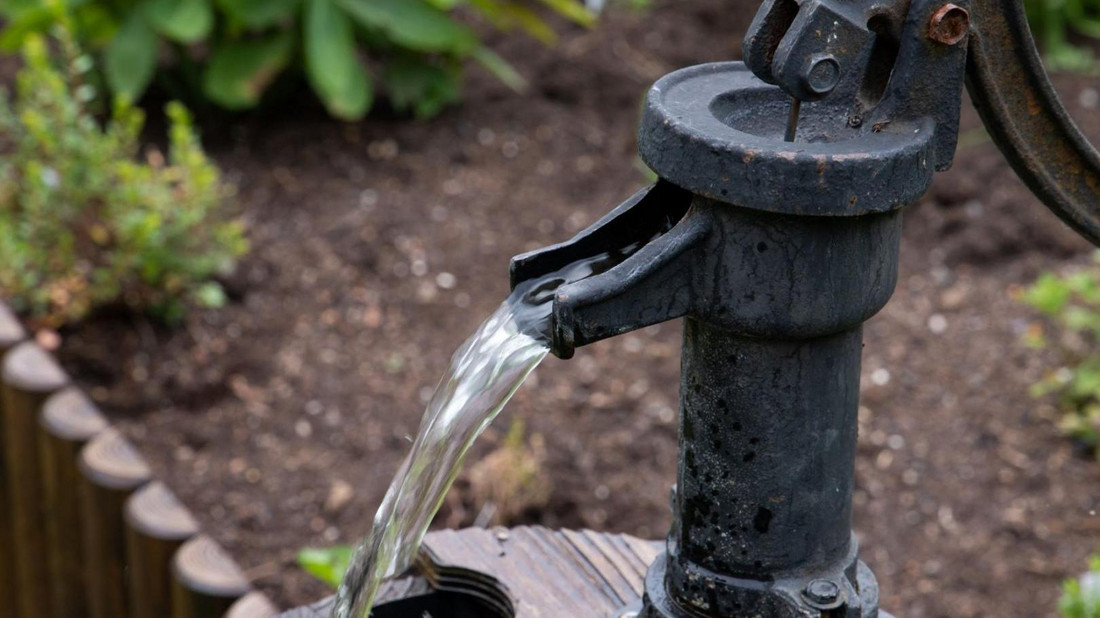
This brings us to our last point and step towards self-sufficiency: You should try to consume less overall and thus produce less waste. This makes your self-sufficient life much easier. After all, those who live self-sufficiently often no longer have a regulated, “conventional” job and may therefore not have a normal income. Saving and carefully planning purchases so that you don’t have anything superfluous or even have to throw them away are obligatory measures in self-sufficient life.
And even if you are still doing your job normally, you will notice that being self-sufficient always means doing without and reducing the consumption of all resources. If you manage to get used to such a minimalist, but often more intense life, you will sometimes be able to experience a whole new feeling of freedom.



